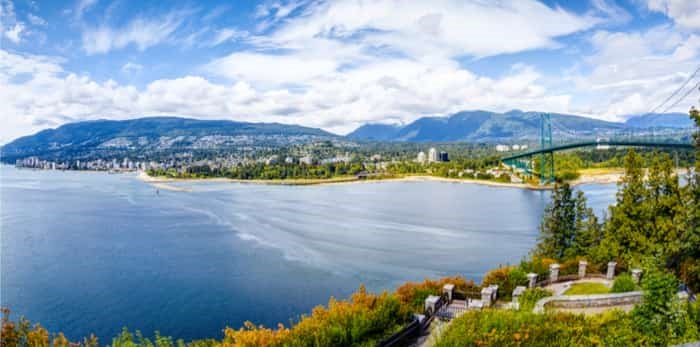 Vancouver skyline panorama taken at Prospect Point in Stanley Park with Lions Gate Bridge on right and West Vancouver on left. / Shutterstock
Vancouver skyline panorama taken at Prospect Point in Stanley Park with Lions Gate Bridge on right and West Vancouver on left. / Shutterstock
Not only is Prospect Point one of the most beautiful places to see a view of Vancouver, but it also has a rich history.
In addition, it is the perfect place to watch cruise ships sail past in the summertime, or to have something to eat while you visit Stanley Park.
Have a look at five things you might not have known about one of the city's most important landmarks.
Signal Station
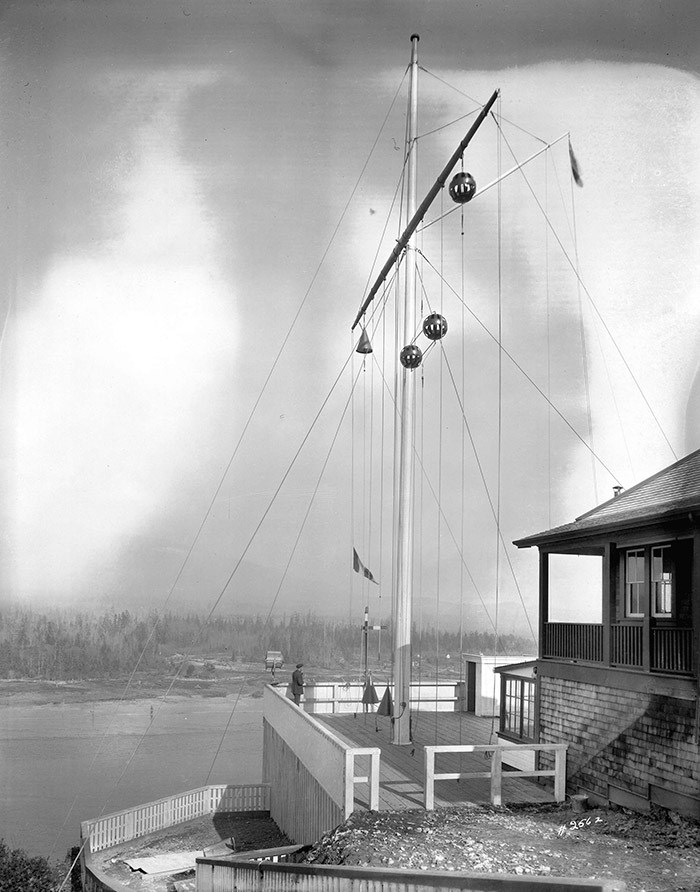 City of Vancouver Archives, St Pk N93.1. Photo W.J. Moore.
City of Vancouver Archives, St Pk N93.1. Photo W.J. Moore.
The signal station stood on top of Prospect Point from July 27, 1923 until 1939. The station overlooked the Burrard Inlet and allowed ships to move safely through the passage. It would alert these vessels of everything from strong tides to winds to maritime traffic. What's more, the structure was two stories high.
S.S. Beaver
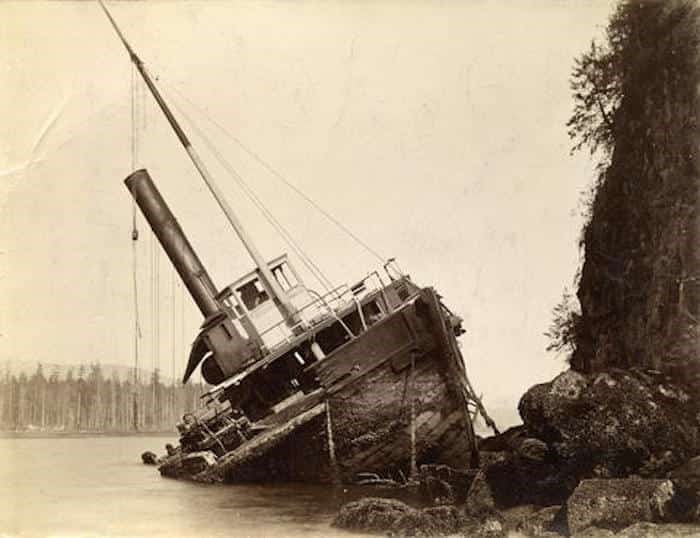 Photo: S.S. Beaver wrecked at entrance to 1st Narrows,Vancouver, B.C. / Vancouver Archives
Photo: S.S. Beaver wrecked at entrance to 1st Narrows,Vancouver, B.C. / Vancouver Archives
As the first steamship in North America in the Pacific Northwest, the S.S. Beaver was an important part of the fur trade. In addition, it was built in England and used by the Royal Navy to survey the coastline. The vessel was active along the coast from 1836 until it ran ground at Prospect point on July 25, 1888 and was subsequently wrecked.
Prospect Point Lighthouse
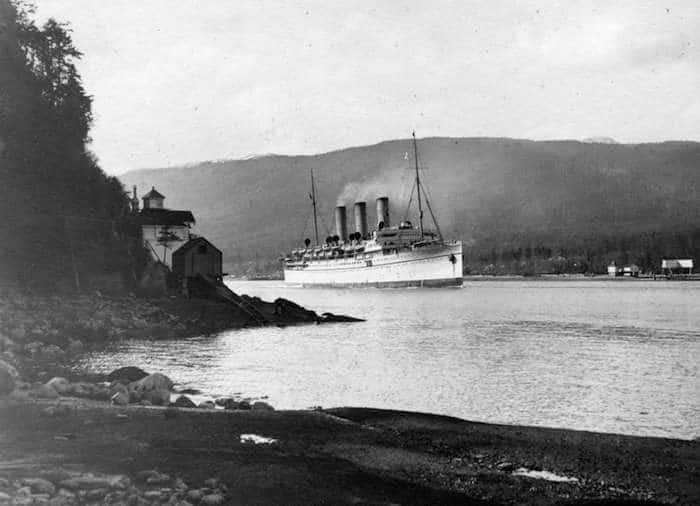 Photo: “Empress of Asia” by James Crookall / Vancouver Archives
Photo: “Empress of Asia” by James Crookall / Vancouver Archives
The lighthouse was constructed after the S.S. Beaver crashed into the point on July 25, 1888. The first lighthouse made out of wood and established eleven years after the disaster, and contained a lantern as well as a bell. According to Stanleyparkvan, the lighthouse keeper, John Grove, was responsible for lighting the lantern at sunset and extinguishing it at sunrise. The current Prospect Point Lighthouse was created in 1948.
Deepest Harbour in the World
 River otter / Shutterstock
River otter / Shutterstock
While the view from up high is captivating, a vast array of wildlife is supported by the Burrard Inlet Harbour below. From harbour seals to river otters, harlequin ducks to cutthroat trout, there is plenty to see. What's more, the harbour itself is one of the deepest and longest in the world.
Bicycle Club
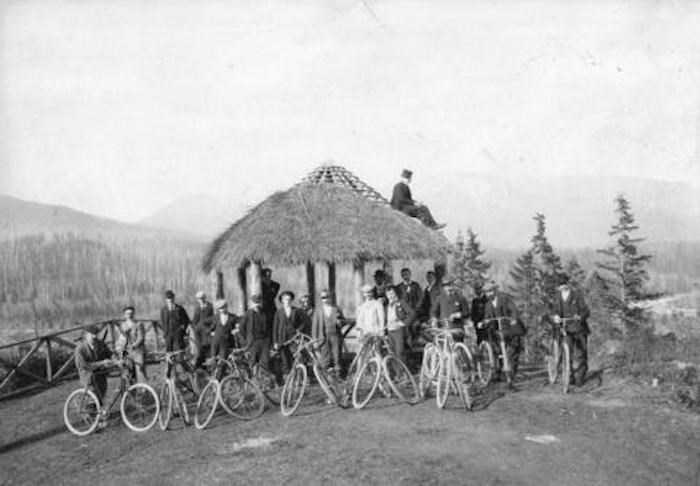 Photo: Matthews, James Skitt, Major / Vancouver Archives
Photo: Matthews, James Skitt, Major / Vancouver Archives
Bicycles are not a new fad in the City of Vancouver. The above photo, taken in 1895, is of the The Vancouver Bicycle Club in front of the observation point ('summer house') on the hill.


